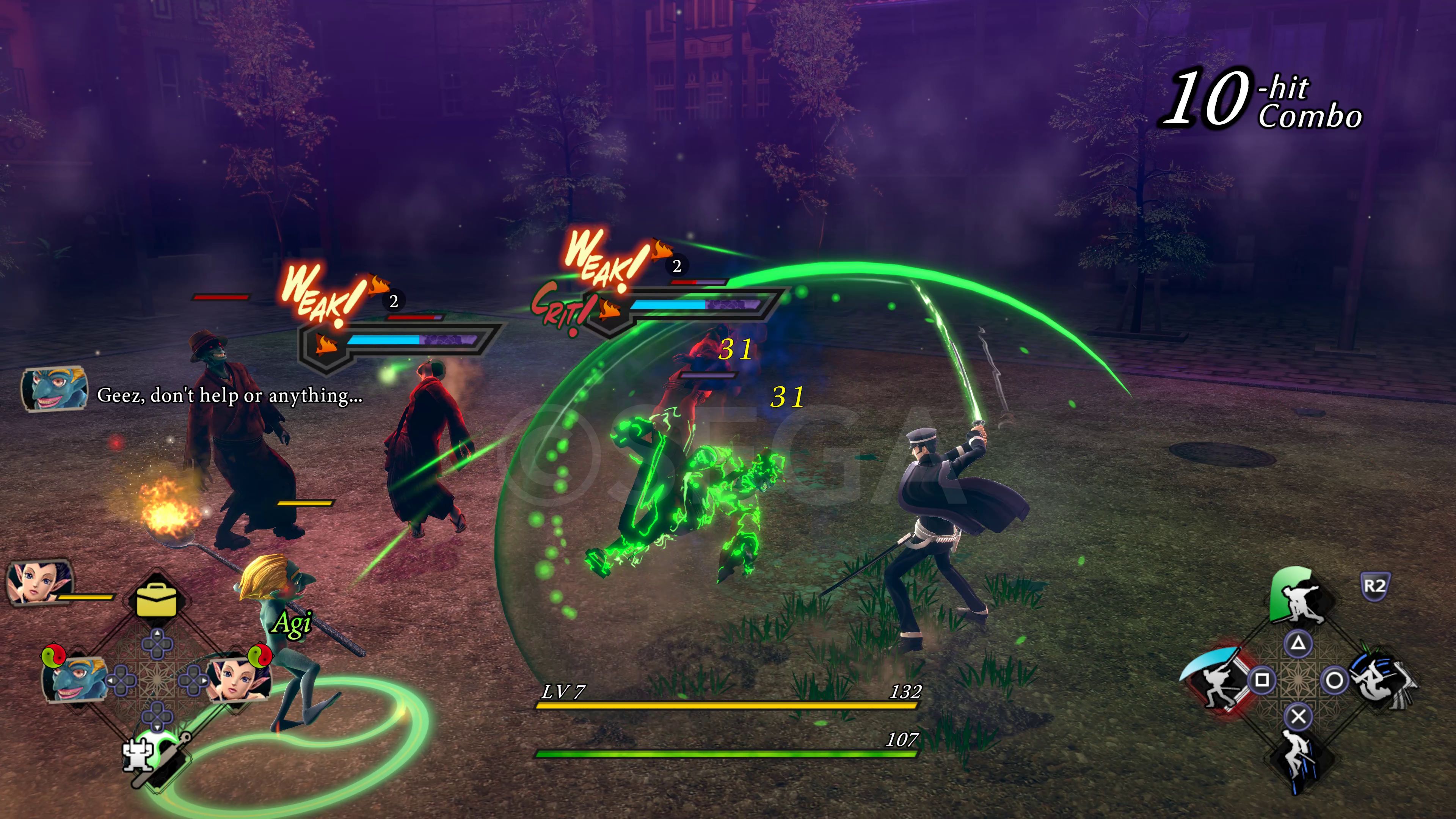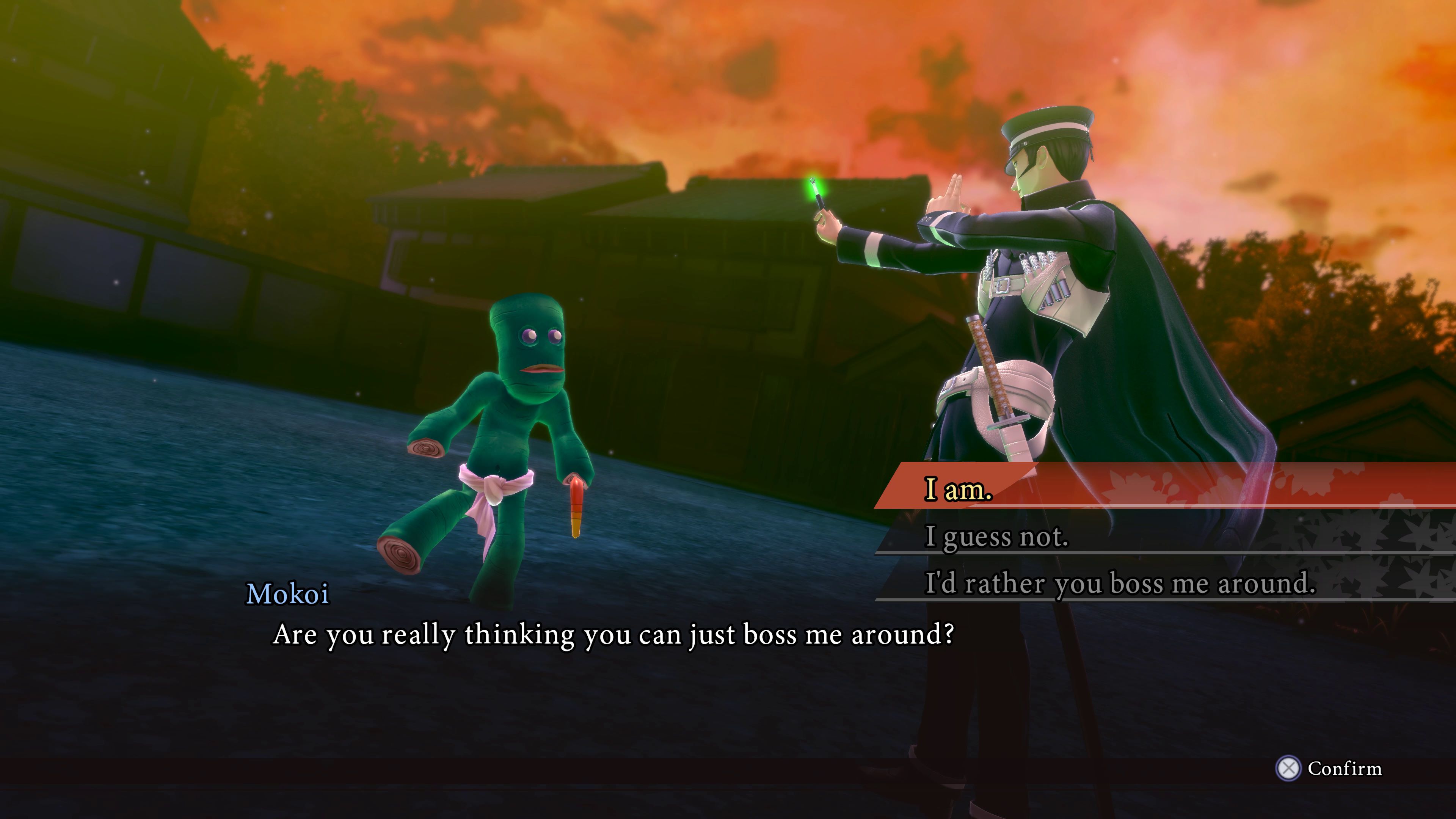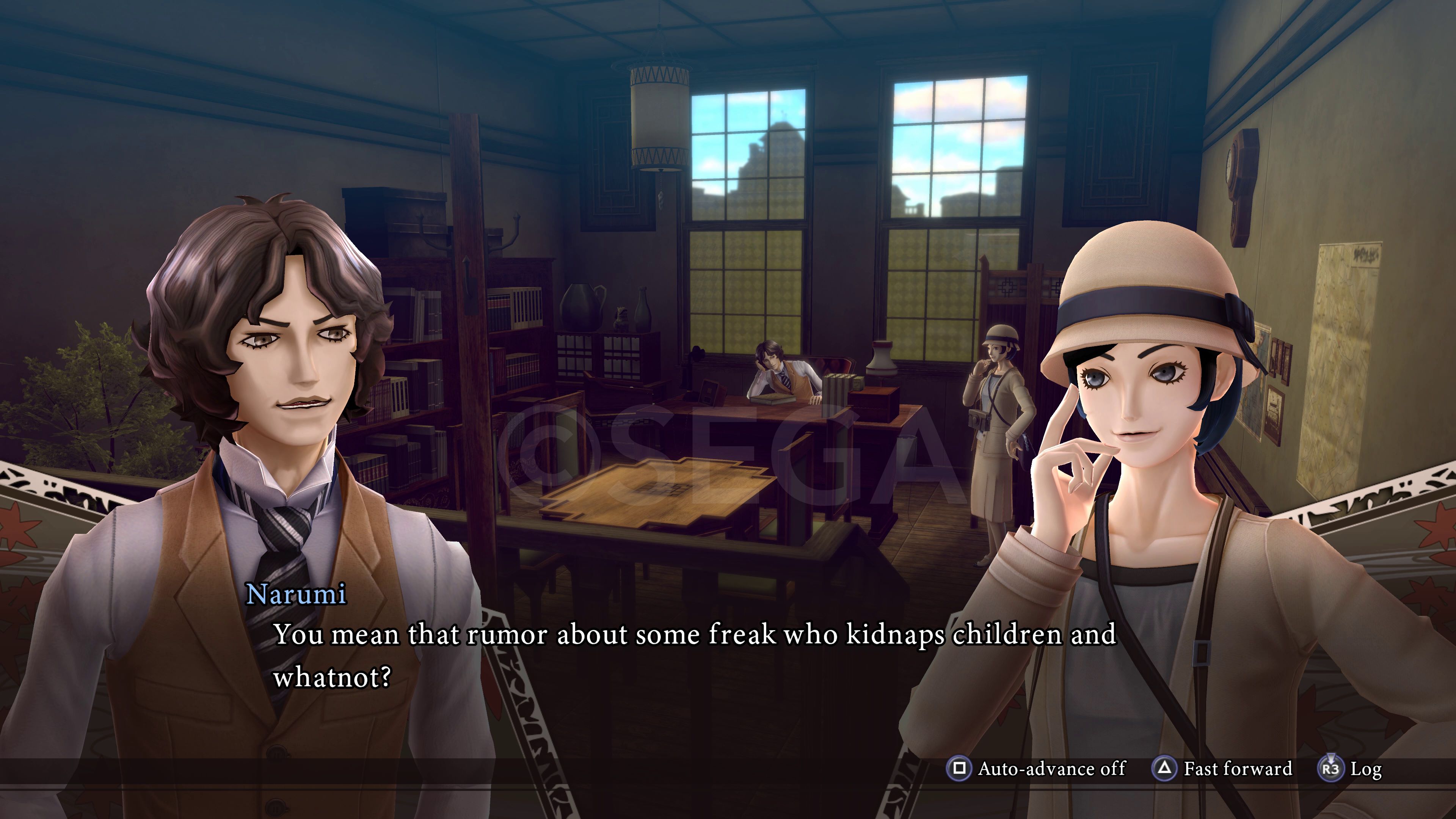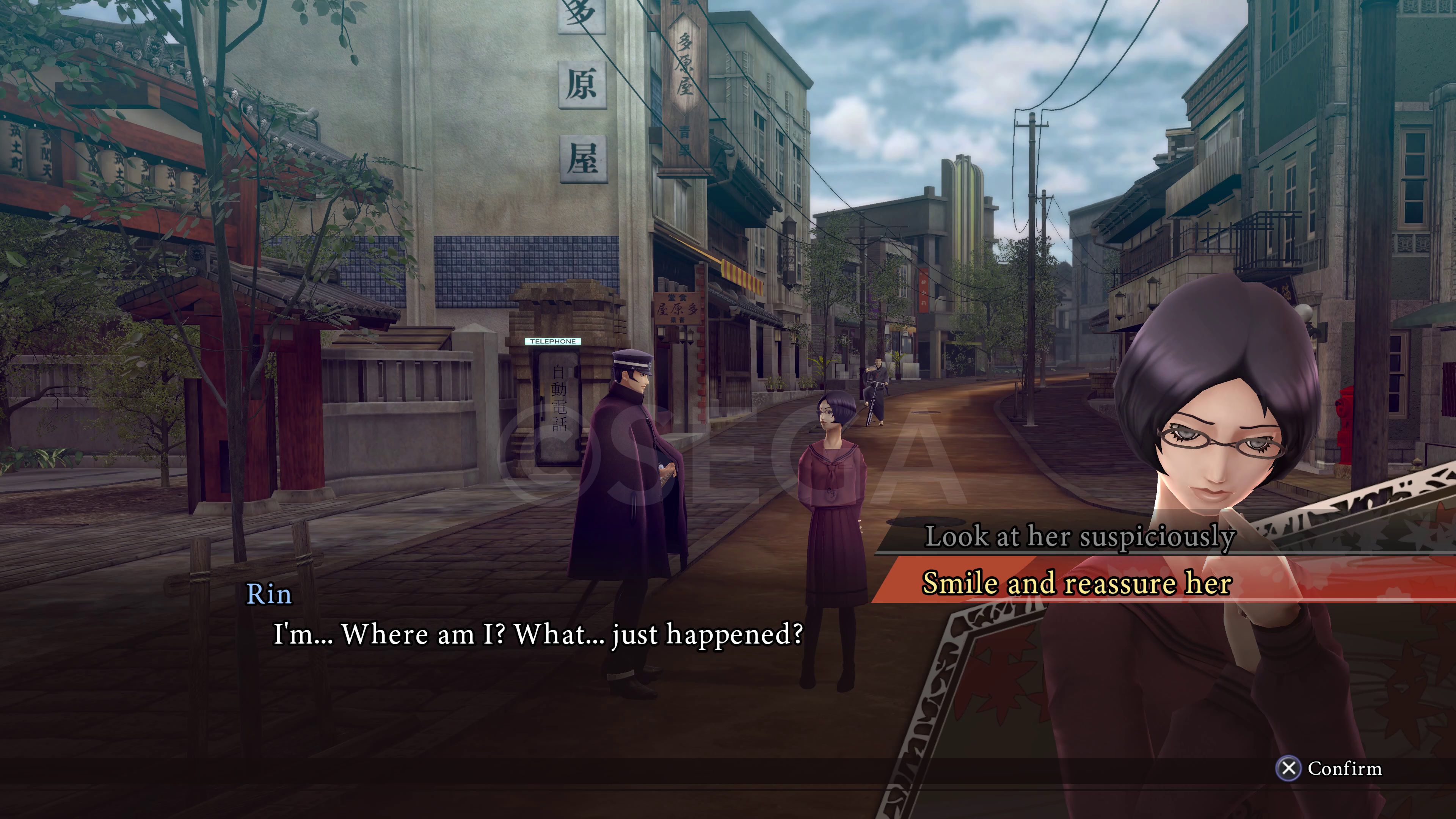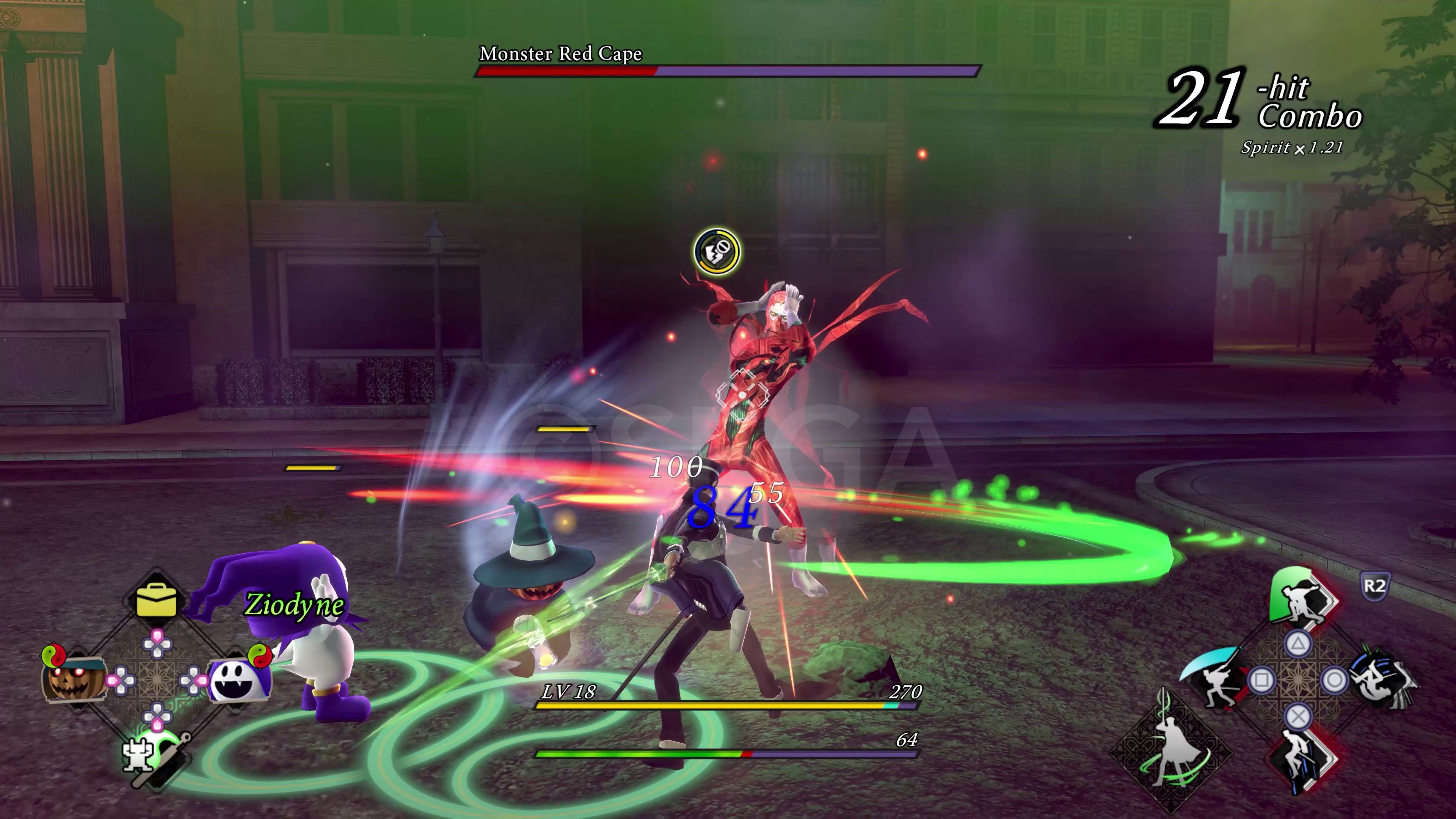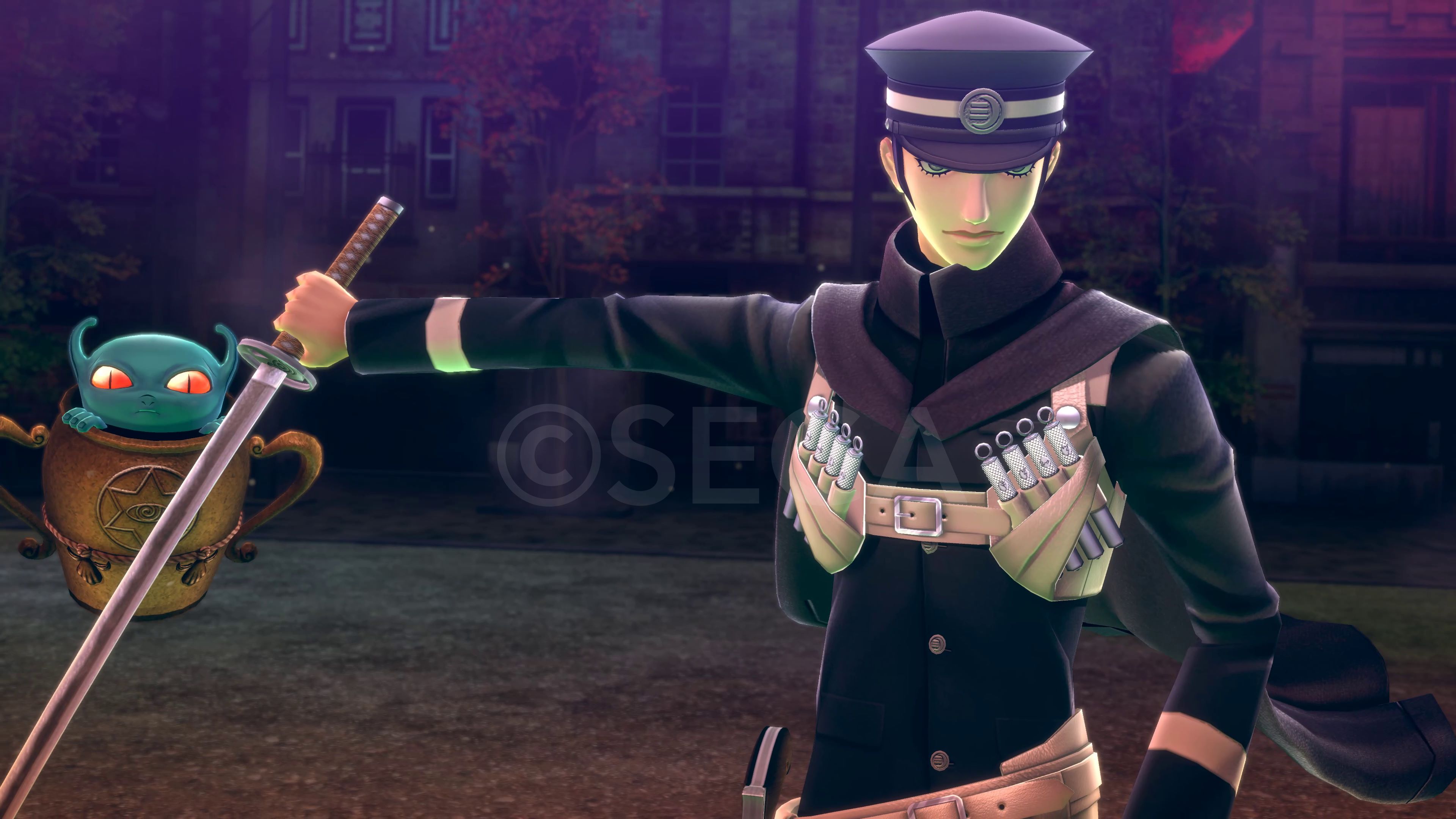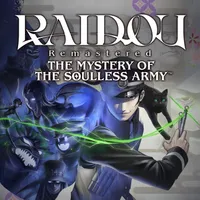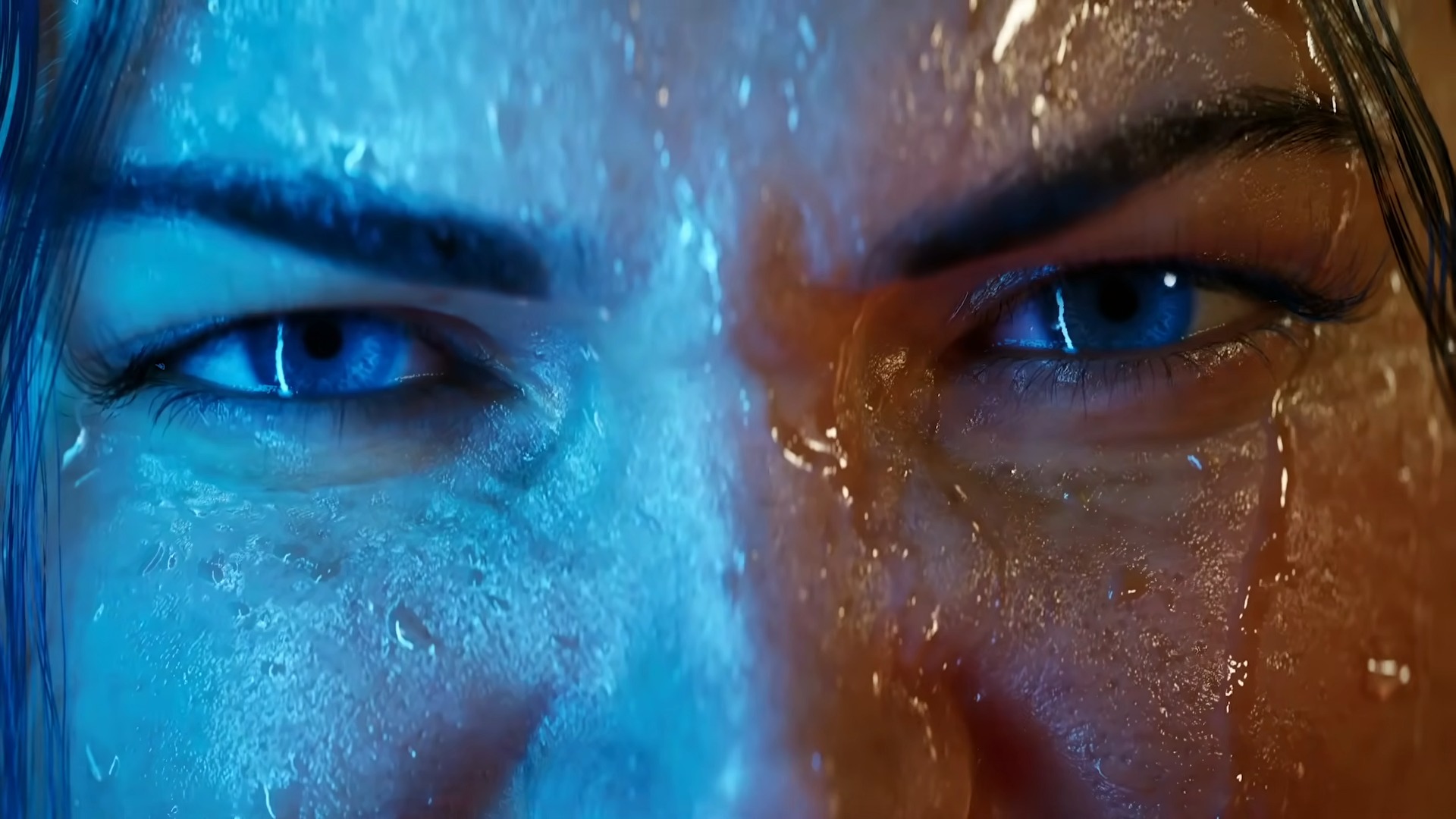Raidou Remastered feels more like a proper Pokémon action-RPG than Palworld, and I can't get enough of this cult classic
This Shin Megami Tensei spin-off is reborn for the modern age as RAIDOU Remastered: The Mystery of the Soulless Army.
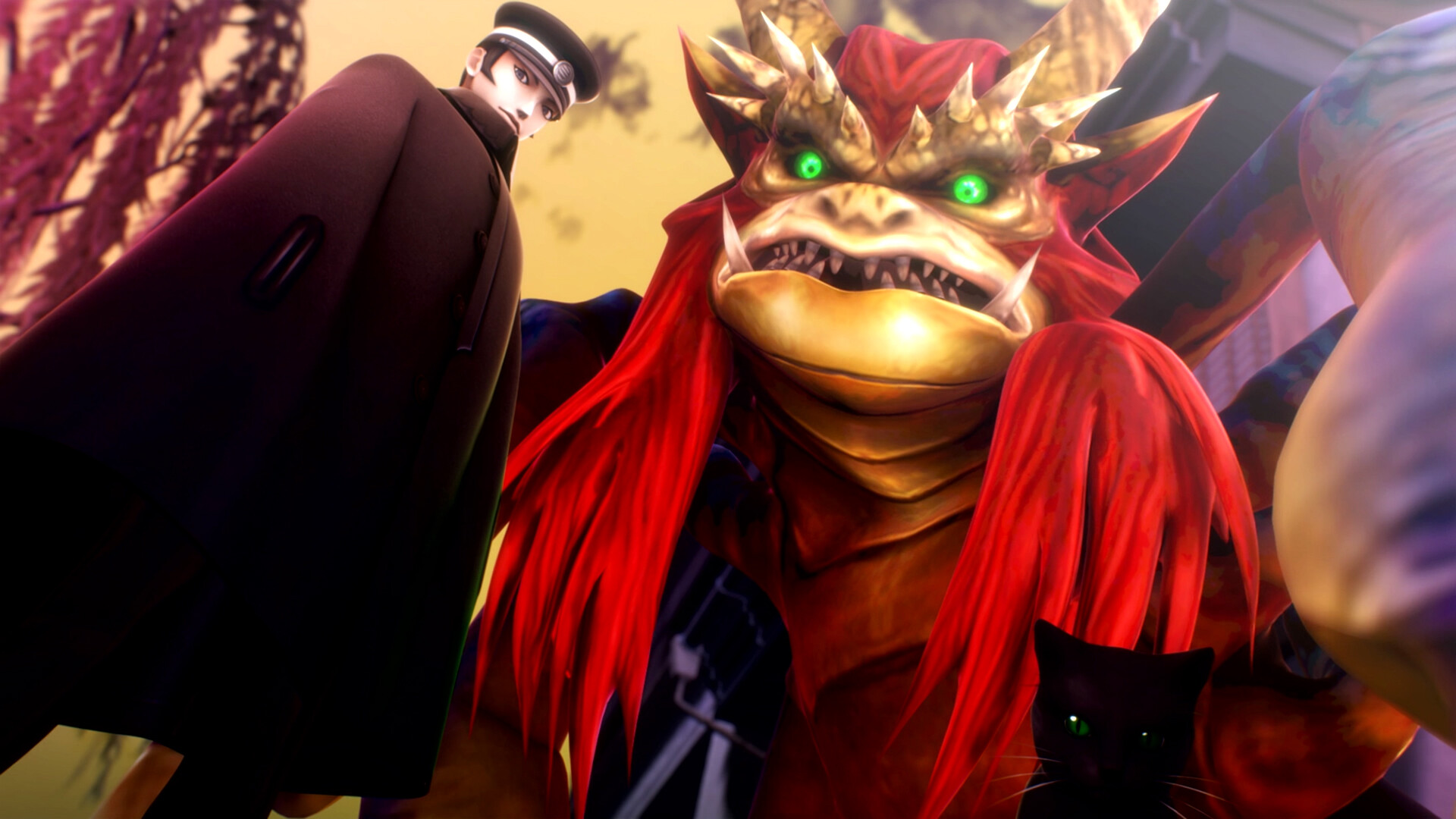
On March 2, 2006, Atlus created a new action-RPG for the PlayStation 2 called Devil Summoner: Raidou Kuzunoha vs. the Soulless Army. It was the third entry in Shin Megami Tensei’s Devil Summoner spin-off series, which took the player on a bizarre adventure solving crimes while battling demons in 1930s Japan.
The game was considered a cult-classic for adapting Shin Megami Tensei’s turn-based combat into a real-time format, and its unique plot was filled with twists and turns.
Now, modern gamers will get to experience Devil Summoner: Raidou Kuzunoha vs. the Soulless Army, but refined for current platforms as RAIDOU Remastered: The Mystery of the Soulless Army.
This remastered edition will include revamped graphics, an enhanced combat system, quality-of-life improvements, and much more.
I personally never played the original Devil Summoner: Raidou Kuzunoha vs. the Soulless Army when it first came out, as I was more invested in playing Shin Megami Tensei: Nocturne and the original Persona 3 and 4 at the time. Nearly 20 years later, I now get a chance to see what I missed out on, thanks to a PC (Steam) preview code of RAIDOU Remastered sent to me by Atlus.
Will this game hold up today with all the new additions from the remaster? Let’s find out as we delve into the first two episodes of RAIDOU Remastered: The Mystery of the Soulless Army.
Learning how to be a Devil Summoner
My playthrough begins with a prologue that introduces us to the main title character, Raidou Kuzunoha XIV. Raidou is the latest member of the Kuzunoha family, an ancient bloodline of Devil Summoners sworn to defend the Capital city of Japan from demons and devils through martial arts, magic, and controlling demons in battle.
All the latest news, reviews, and guides for Windows and Xbox diehards.
During the prologue, I was given a trial to become a fully-fledged Devil Summoner and was quickly introduced to the game’s combat system by taking on hordes of demons.
Unlike traditional Shin Megami Tensei games, which have turn-based combat, RAIDOU Remastered’s combat is a real-time action-RPG affair where you have to move around, dodge, and block enemy attacks at the right time, while interweaving light and heavy attacks to form deadly combos to defeat your opponents.
RAIDOU Remastered’s combat also features familiar Shin Megami Tensei mechanics, such as being able to recruit demons mid-battle and summon them to fight for you. Plus, using elemental magic and special physical attacks to exploit an enemy’s elemental/physical weaknesses and stun them for brief periods, so you can go to town on them.
In addition, you can pause combat at any time to command your minions to perform special attacks, analyse enemy weaknesses, and use healing items to restore your team’s health.
If you grew up playing the original Devil Summoner: Raidou Kuzunoha vs. the Soulless Army, then you will be in for a shock because combat has been completely overhauled in RAIDOU remastered.
You no longer fight enemies on static 2D planes with pre-rendered backgrounds but in full-blown 3D arenas where you have to use camera controls and a lock-on targeting system to keep your eyes on your opponent.
Other new combat features include being able to summon two demons at once instead of one, a reworked gun mechanic so you can stun enemies with rapid-fire shots, new special attacks for Raidou to use in battle, and much more.
As someone who never played the original game, I find RAIDOU Remastered’s combat system fairly entertaining and interesting. Commanding minions to use attacks in conjunction with my own, calling them back to avoid being wiped out by a boss’s big aoe attack, and using my team’s abilities to stun an enemy before cashing out a super move while they’re vulnerable felt satisfying to pull off.
RAIDOU Remastered’s combat from this preview alone made me feel like I was playing an action-RPG version of Pokémon, and in my opinio,n it has done a better job of giving me that experience far more than Palworld ever did (as that game felt more like Ark: Survival than Pokémon to me).
It will take demonic sleuthing to crack these cases
After completing my trials and earning my stripes as a Devil Summoner, I was sent off to the Capital to become a detective for the Narumi Detective Agency. Here, I would take on cases to earn income for my Devil Summoner activities, encounter special demons to recruit for my army, and acquire special materials to forge new weapons.
Some of these cases range from optional side-missions like clearing out areas of demons or helping random civilians solve everyday problems, to more serious cases that progress the main story, like tracking down missing people or hunting a strange creature terrorizing people known as the 'Red Cape'.
Each main storyline case gets stranger and more bizarre than the last, and as you solve more of them, you may stumble upon a greater conspiracy that threatens the safety of Japan as we know it.
Without divulging any spoilers, I was intrigued by the game’s story from my time playing the first two episodes. The scenarios were somewhat creative, the main over-arching mystery is somewhat crazy and has me itching to know the answers, and it has a couple of cool action set-pieces enhanced by the overhauled combat system.
What I also found cool was being able to use the demons you recruit in battle to help solve cases, depending on their innate abilities.
Some demons can influence the minds of NPCs you question to obtain leads, while others use more physical, investigative skills like brute force, stealth, flight, and more to help you traverse obstacles or solve puzzles while exploring dungeons.
As a seasoned Shin Megami Tensei fan, it felt weird yet refreshing to use iconic demons like Jack Frost or Oni to solve mysteries instead of purely killing enemies (it was as if I was playing an ancient precursor to The Thaumaturge).
It motivated me to recruit more demons through battle or through fusing them through Frankenstein-esque experiments to create new demons to see what kind of fancy tricks I could acquire next.
Also, it would be remiss of me if I didn’t mention RAIDOU Remastered’s presentation. There’s now voice acting both in Japanese and English (which can be turned on or off), and the graphics of the original game have been completely overhauled in the remaster with a cleaner UI, revamped character models, and all the old pre-rendered backgrounds have been replaced with new 3D backgrounds.

RAIDOU Remastered’s presentation overhaul is quite well done as it manages to remain faithful to the original game’s artistic vision while improving upon it to be more pleasing to the eye. Not to mention, the game runs extraordinarily well at a solid 1080p resolution and 60fps+ framerates thanks to my PC rig’s Intel Core i5-9400 CPU and NVIDIA GeForce RTX 3070 graphics card.
Thankfully, you won’t have to buy one of the best gaming laptops to run RAIDOU Remastered and experience its overhauled presentation at its best, since this game doesn’t require high PC specs, at least according to its Steam page.
Finally, the game has several quality-of-life improvements like being able to save anywhere via Quicksaving and Autosave, fast-travel between locations you’ve visited before, and five difficulty options which appeal to casual players who want to experience the story and also to hardcore action-RPG enthusiasts looking for a challenge.
I can't wait to see what lies at the end of this dark, wild mystery.
Overall, I’ve enjoyed my time playing the preview of RAIDOU Remastered. The plot has me hooked on its wild mystery, the overhauled graphics are eye-pleasing to look at, and the reworked combat system has been enjoyable and interesting thus far, with hints of new cool features to unlock later in the game.
I’m starting to see why this was considered a cult-classic back in the day, and I can’t wait to play more of this potentially awesome Pokémon-like PC title when the full game launches on June 19, 2025, for Xbox Series X|S, PlayStation 5, and PC via Windows and Steam.

Alexander Cope is a gaming veteran of 30-plus years, primarily covering PC and Xbox games here on Windows Central. Gaming since the 8-bit era, Alexander's expertise revolves around gaming guides and news, with a particular focus on Japanese titles from the likes of Elden Ring to Final Fantasy. Alexander is always on deck to help our readers conquer the industry's most difficult games — when he can pry himself away from Monster Hunter that is!
You must confirm your public display name before commenting
Please logout and then login again, you will then be prompted to enter your display name.


